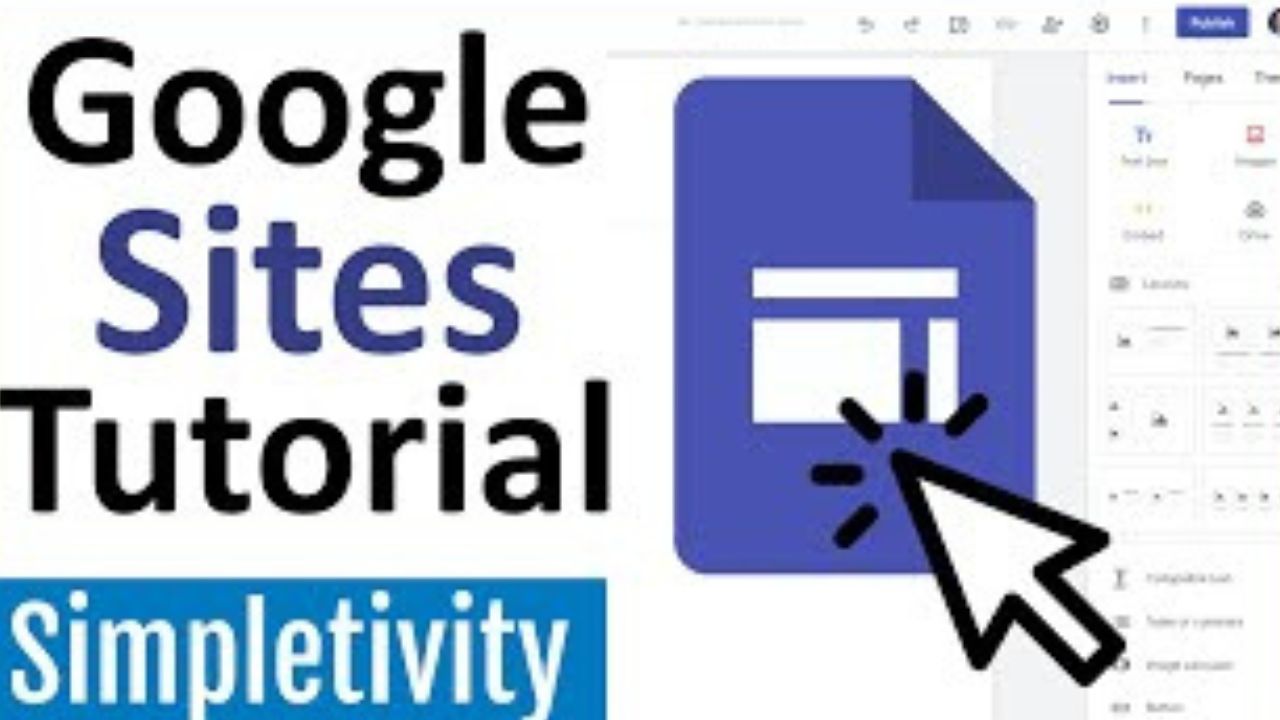The importance of a business plan can’t be overstated: it’s your blueprint for success. It’s how you’ll make sure that your company is run successfully and efficiently by providing clear instructions on how to achieve its goals. In this guide, I’ll go through the steps involved in creating a business plan and look at some example templates so that you can create one yourself.
How to write a business plan?
A business plan is a strategic document that describes your business and its goals. It’s a formal document that you can use to get funding, make decisions and plan for the future.
The best way to write a business plan is by using plain English rather than jargon or technical language. The person writing it should be the person responsible for implementing it too, so they know exactly what’s required when they’re planning something new with their team members in meetings later down the line
The benefits of planning
- Planning helps you achieve your goals.
- Planning helps you make better decisions.
- Planning helps you avoid making bad decisions, which can cost time and money, damage business relationships, or negatively affect the bottom line in other ways.
- Keeping track of progress is one of the most important benefits of business planning because it provides a framework for evaluating whether a project is on track or needs adjustments before it goes too far off course–or worse: becomes an expensive failure!
Planning also allows you to stay on track with all aspects of running your company so that nothing falls through the cracks (which happens more often than not). And finally, planning makes everything more efficient by identifying potential problems before they arise–and allows us all know exactly what needs done next when working towards accomplishing certain tasks at hand (such as launching new products/services).
What’s the difference between a business plan and a financial forecast?
- A business plan is a document that outlines your company’s goals, strategies and plans for the future. It’s a more general document that can be used by any type of business owner to describe their company’s direction.
- A financial forecast is more specific; it looks at what will happen in the next three years with regard to your finances (revenue, expenses etc.).
The key steps to creating a business plan
- Understand your company’s goals.
- Create a mission statement.
- Identify your target audience.
- Analyze the competition, and decide on your business structure (e.g., sole proprietorship or corporation).
- Determine how much money you’ll need to get started in terms of funding sources and capitalization requirements (e.g., loans, investors). This is also where you would think about staffing needs like hiring employees or contractors if necessary for certain functions within the organization such as sales reps who can help sell more products/services than just yourself alone working solo without any assistance from others outside of just family members living nearby too close by so no need for traveling anywhere else away from home base which could save money on gas consumption during business trips elsewhere when needed most especially during rush hour traffic times which makes traffic jams worse than before due mostly because more people drive cars today than ever before back when there weren’t many automobiles yet today there are millions across America alone making driving difficult sometimes impossible depending upon where one lives within metropolitan areas where traffic congestion occurs frequently due largely because people live closer together now thanks largely thanks mostly due partly due significantly partially almost entirely because housing prices have skyrocketed over time making renting apartments less affordable than ever before making homeownership harder still harder still harder still harder still harder still…
Why is it so important to make changes to your business plan as your company develops?
As your company grows and changes, it’s important to make sure that your business plan stays up to date. You may need to add new sections or chapters, remove outdated ones and make sure everything is still relevant in the current market environment.
If you don’t update your business plan often enough, then it won’t be as useful as it could be when making decisions about what direction the company should go in next.
A good business plan contains all the key elements that you need to know in order to make sure that your company can grow and succeed.
A good business plan contains all the key elements that you need to know in order to make sure that your company can grow and succeed.
The first step to creating a successful business plan is understanding what it should include. A good business plan has five main sections:
- Company overview
- Market analysis (including competition)
- Market strategy (including goals)
- Financials
- Management team and experience
A good business plan will help you keep track of the most important factors in your company
A good business plan will help you keep track of the most important factors in your company, including:
- Goals and objectives
- Strategies to achieve them
- Resources required to meet those goals and objectives
Conclusion
We hope that this blog post has helped you understand the importance of writing a business plan. It’s not just something you do once, but something that should be updated regularly as your company grows and changes over time. By keeping track of all these factors in your plan, you’ll be able to make sure that everything goes smoothly as well as see where any potential problems might arise before they become too big for us to handle!
